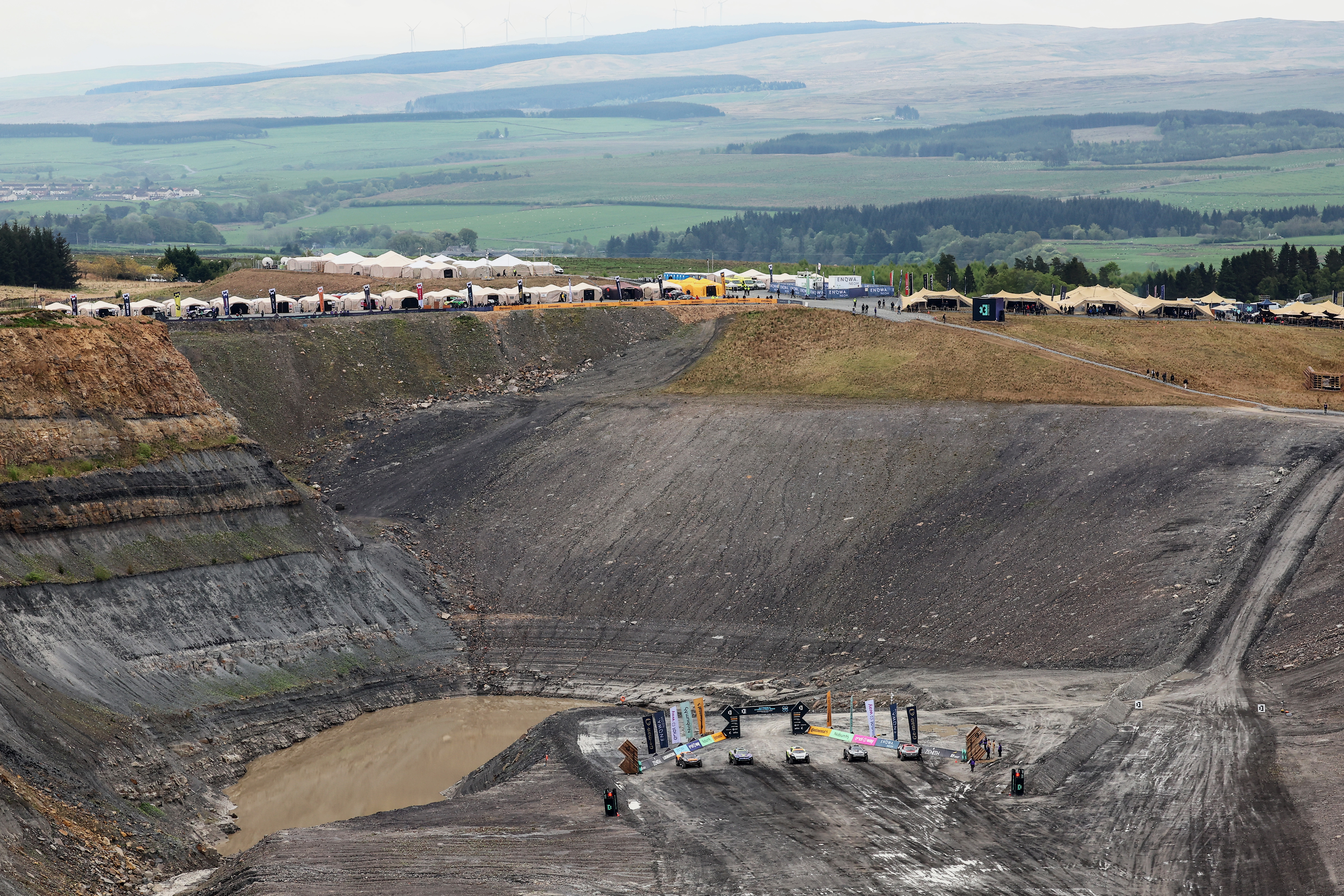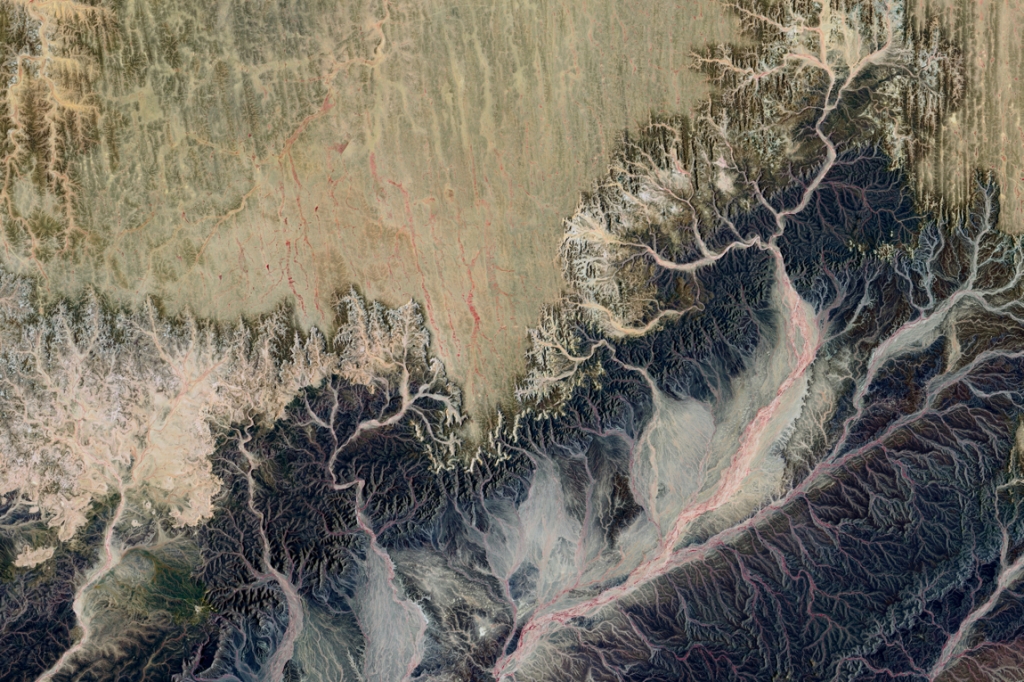-
Dumfries & Galloway,
SCOTLAND
13-14 JULY 2024population 5.454 million
timezone GMT +0
AVG. temp (month) 15°C
AVG. SUNLIGHT (day) 16hrs
AVG. rainfall (month) 69.6mm
Theme ENERGY
-
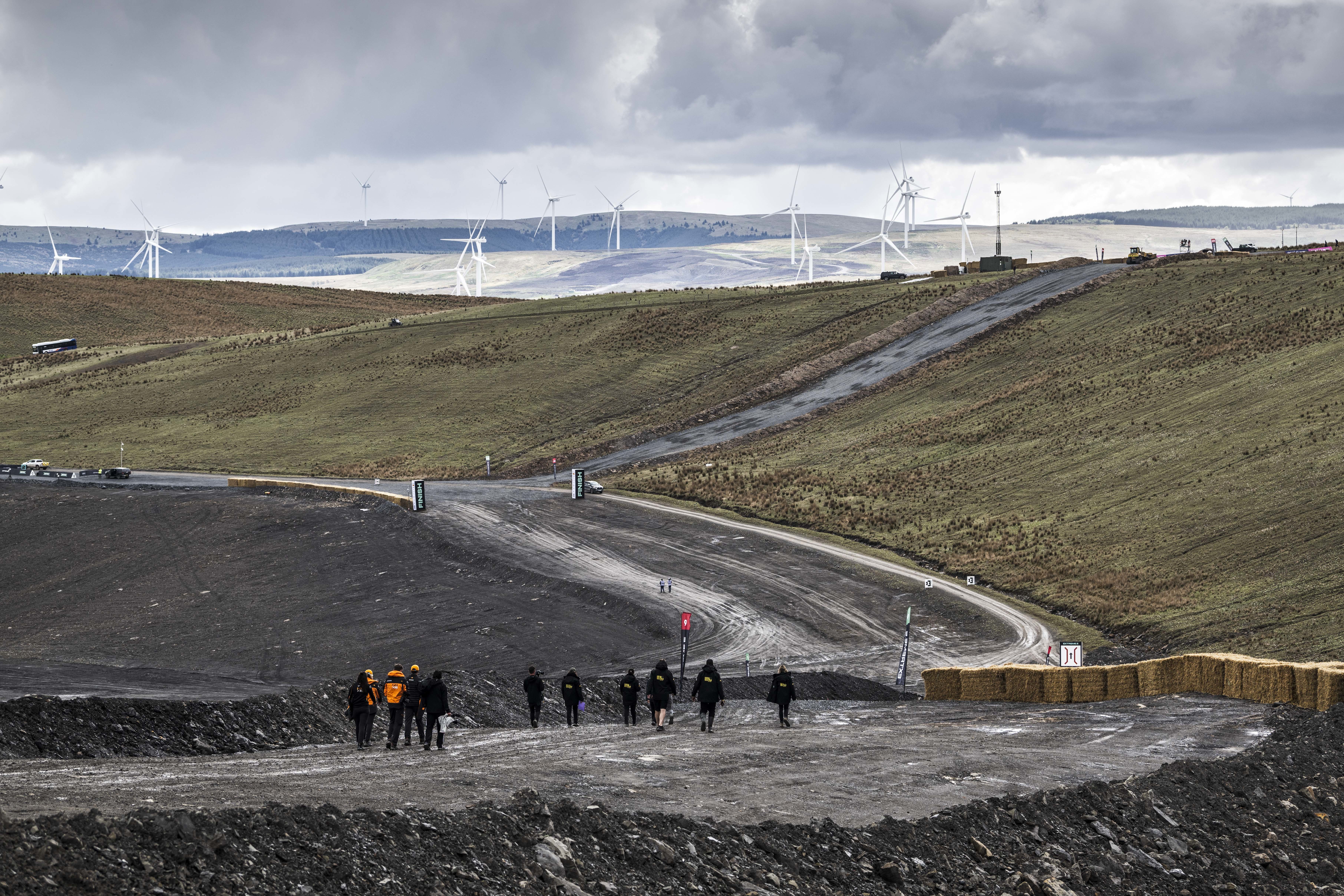
The Hydro X Prix in Scotland represents an exciting return home for the sport for purpose series as it delivers its third season, creating the opportunity to highlight climate issues and solutions that are not just global, but also right on our doorstep.
The restored former coal mine, which is about to undergo the next phase of its major transformation into a Pumped Storage Hydropower (PSH) plant and wind farm, will provide a poignant backdrop for the sport which uses its platform to raise awareness of climate change and global solutions.
-
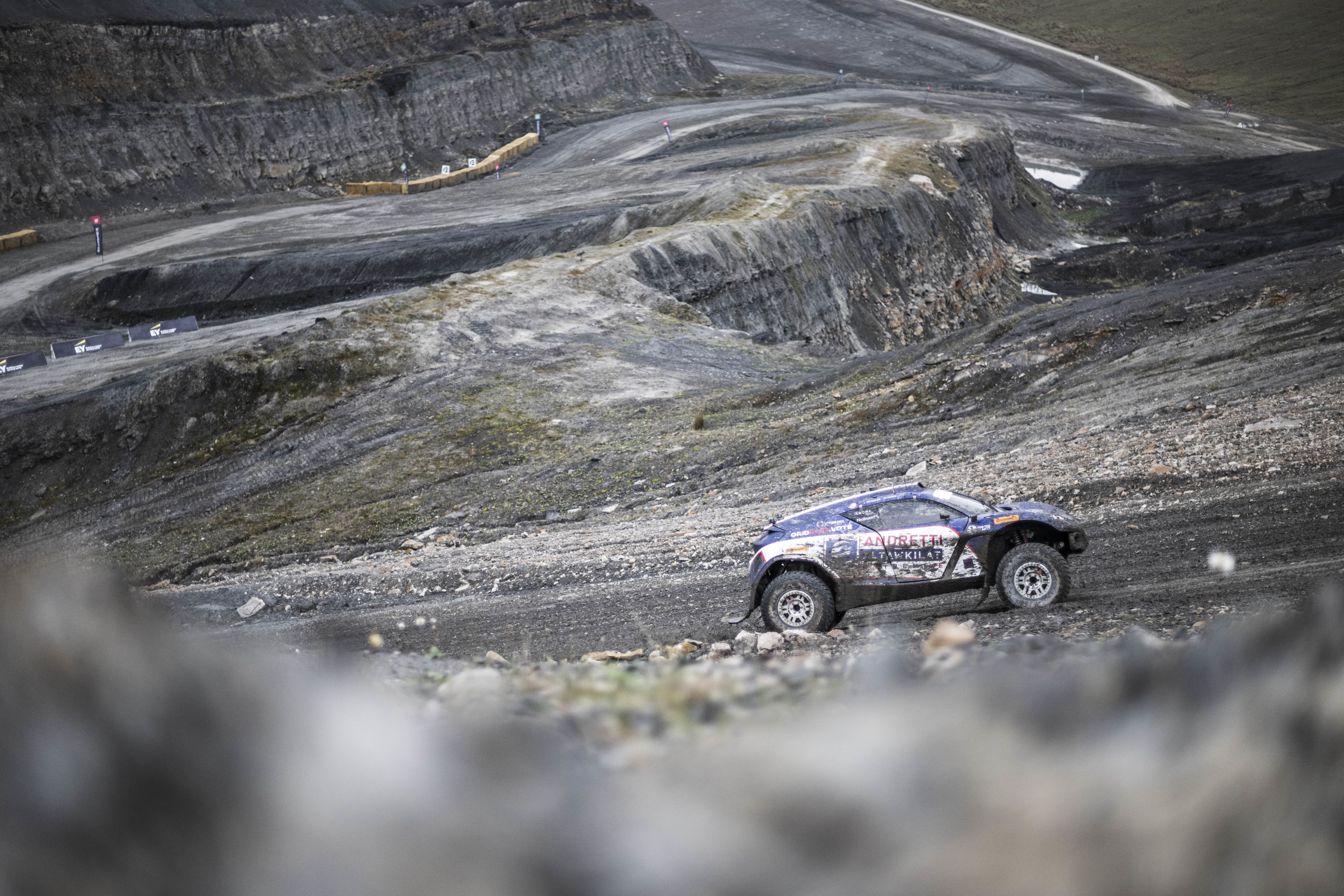
local environment
Scotland is located in the northern part of the United Kingdom, and is known for its unique and diverse environment. Scotland's landscape includes rugged mountains, rolling hills, deep valleys, and stunning coastline. The country is home to numerous lochs, rivers, and forests, including the famous Caledonian Forest, which is one of the few remaining ancient woodlands in Europe. Scotland also has a rich and varied wildlife population, with species such as red deer, golden eagles, otters, and seals found across the country.
However, Scotland's environment is not without its challenges, including issues related to climate change, land use, and biodiversity loss, which are being addressed through a range of conservation efforts and sustainable development initiatives.
-
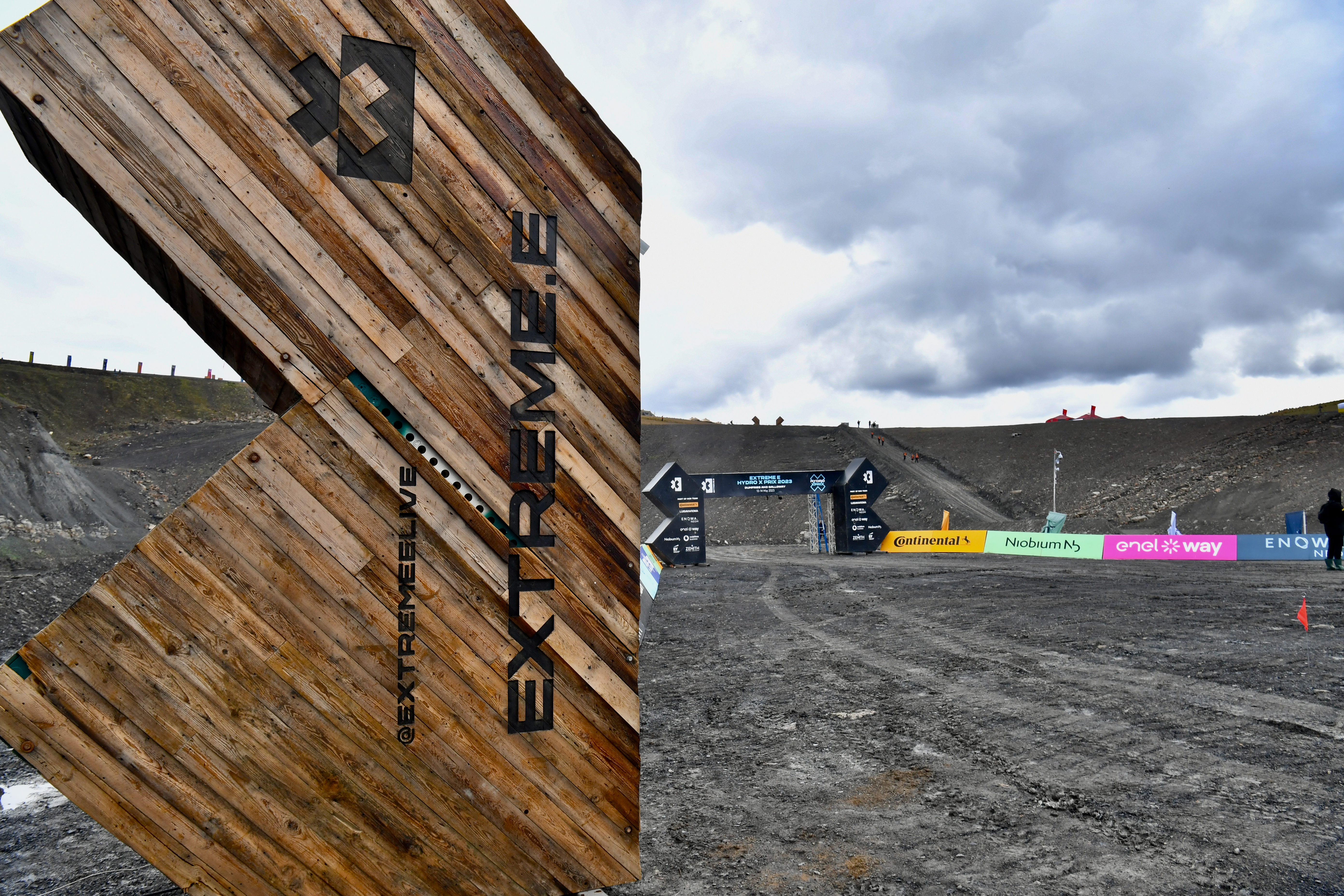
June, July and August are normally the warmest months in Scotland, with average maximum temperatures around 17°C. Scotland generally has cool summers, mild winters and rainfall throughout the year. However, the climate is changing. Over the last few decades Scotland has experienced a warming trend and shifting rainfall patterns. In future, we expect to see warmer wetter winters and hotter drier summers with more extremes.
-

racing conditions
Racing in Scotland will be as exciting as ever with a new course designed to include the natural obstacles of the Scottish terrain while putting the all-electric ODYSSEY 21 vehicle to the test.
More information coming soon for course conditions.
-

Dumfries & Galloway
The Extreme E race site plays homage to the much-needed transition of an old coal mine which is being given a new and exciting lease of life as a hydro-project, aiming to provide a fully renewable energy source for the region for centuries to come.
-
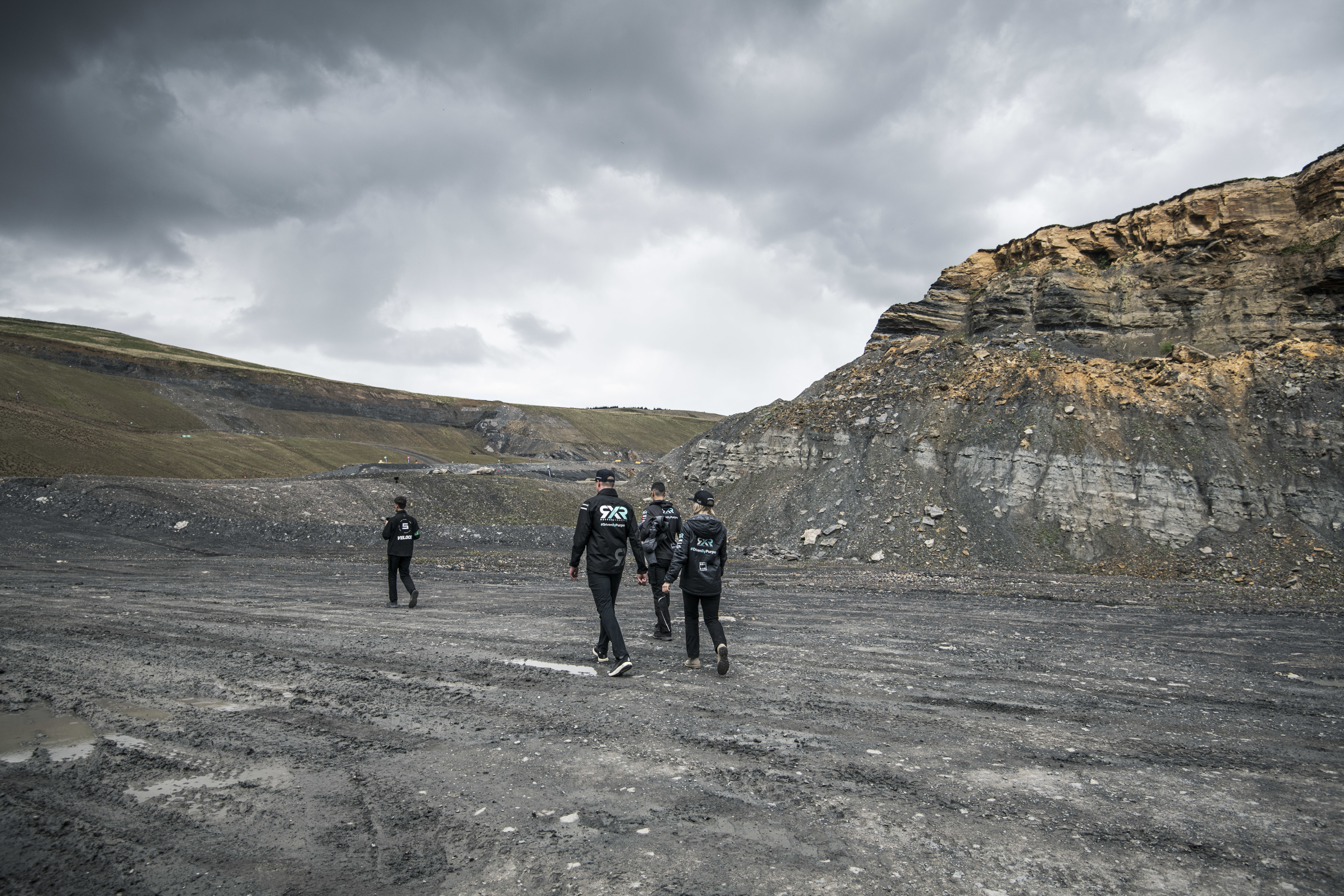
SOLUTIONS HIGHLIGHTED
As an off-road racing series which focuses on the promotion of electric vehicles and clean energy innovations, the old mine is the perfect natural amphitheatre to showcase the necessary industry transition to move from fossil fuels to clean energy futures. It will also impactfully act as an example of the important role water can play in future renewables and healthy conservation.
The Hydro project will enhance and aid the balancing of the UK power system, enabling the integration of more renewable generated energy into the country. Once constructed, the Pump Storage Hydropower plant will supply 210 MW with eight hours of storage capacity. 1MW is enough to supply the average power requirement of 2,000 homes. Utilising two 105 MW reversible hydro-turbines, the site will store power during periods of excess energy supply and release stored energy at times of peak demand.
The wind farm being built in conjunction with the plant will comprise of eight 4.2 MW turbines and will have the ability, via a direct connection, to power the Pump Storage Hydropower plant.
-
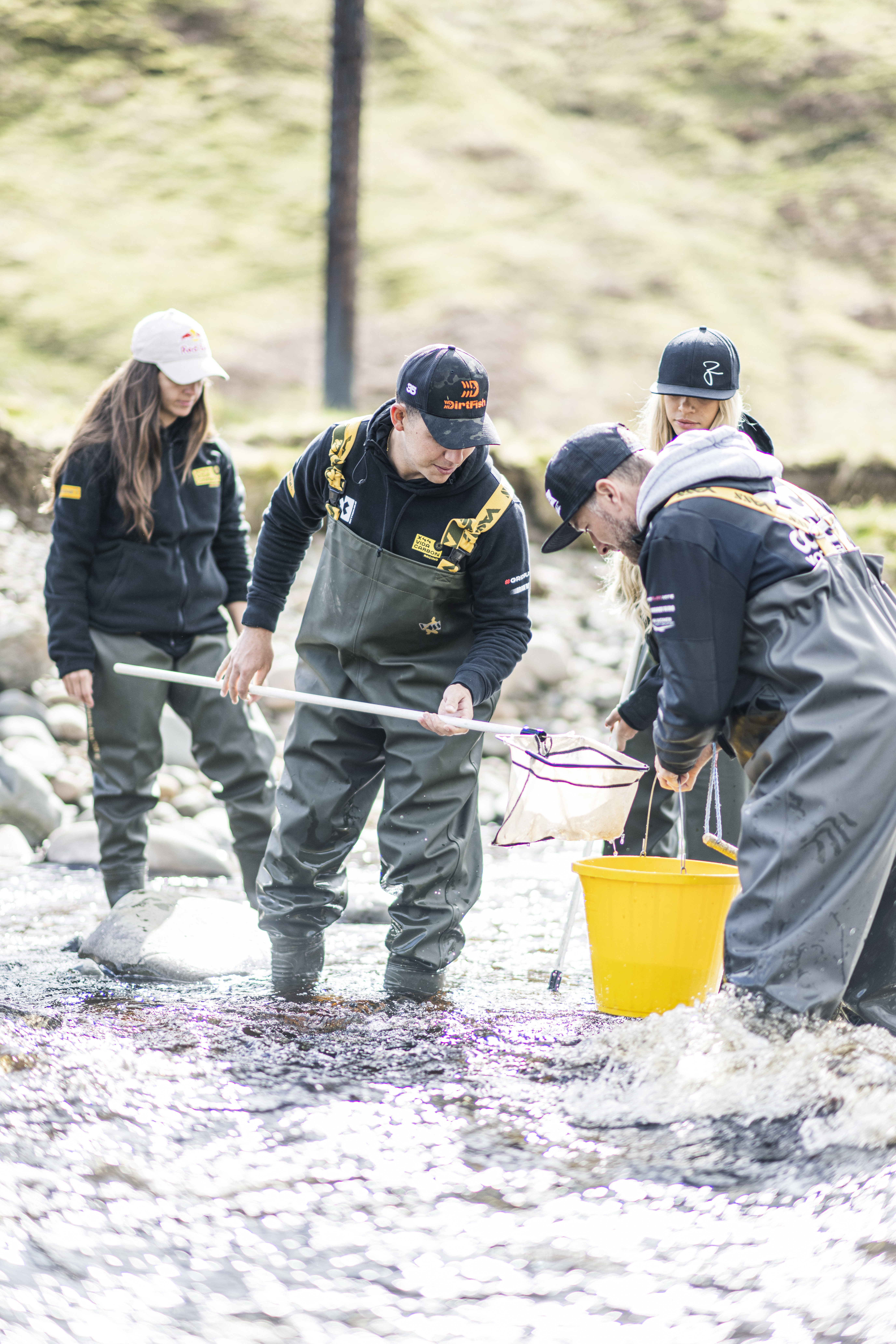
LEGACY
Extreme E will continue its community-led project in the region, implementing a multi-stage project focused on mitigating climate change effects on local salmon stocks.
From the impactful re-planting of over a thousand trees, to using innovative technologies being implemented by Official Technology Communications Partner, Vodafone Business, to monitor water quality and temperatures, Extreme E is focusing on a long-term transformation of the River Nith area that will protect the salmon stocks so important to local industries.
For centuries, the River Nith has been home to one of Scotland’s most iconic species, the Atlantic salmon. However, the number of adult salmon returning to Scottish rivers has declined steeply in the last couple of decades due to rising temperatures and rainfall levels. Climate change is having an increasing impact on the salmon’s lifecycle, both in the marine and freshwater environment. Reversing some of the habitat degradation that has occurred on the river systems is one way of helping to ensure that Atlantic salmon continue to be part of Scottish heritage into the future.
Planting native trees along the riverbank will help stabilise the river embankments, reducing soil erosion and fish mortality. Another enormous benefit of establishing native trees along the length of a watercourse is the shade that is cast onto the water. As we experience more regular, prolonged droughts, the resulting increase in water temperatures can quickly rise above the upper threshold for juvenile salmonids causing large losses during the summer months.
To help with the Trust’s regular monitoring, our Official Technology Partner Vodafone Business will also be providing them Hydrosensors and temperature monitors to help monitor water quality and temperature, Extreme E will focus on a long-term transformation of the River Nith area that will protect the Atlantic salmon stocks so important to local industries.

